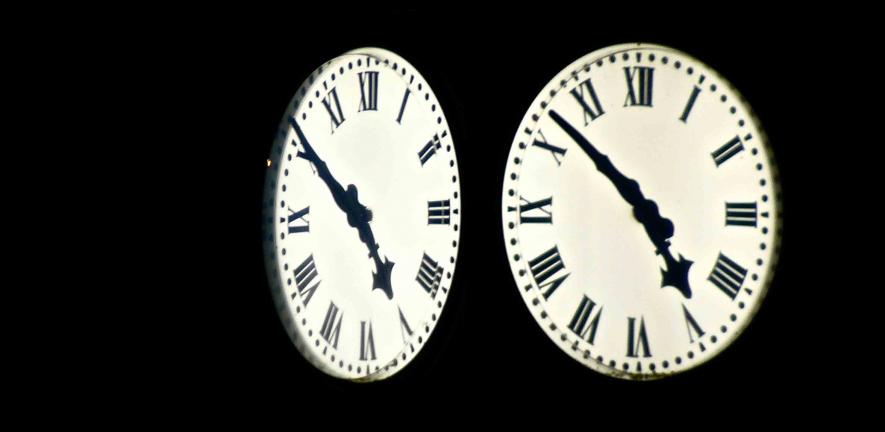
Research suggests that circadian clocks shared a common ancestor.
Research suggests that circadian clocks shared a common ancestor.
We believe that as organisms had to buffer against rhythmic free radicals, they developed 24 hour oscillations in the peroxiredoxin proteins to protect themselves at appropriate times of the day. These cycles appear to have become so important that they became autonomous.
Dr Akhilesh Reddy, from the Institute of Metabolic Science at the University of Cambridge
A metabolic protein involved in circadian rhythms has been found in all three domains of cellular life (bacteria, archaea and eukaryote), new research reveals.
The discovery dispels the previously held belief that, because no shared clock mechanisms had been identified, circadian rhythms had evolved independently in different organisms. The new research, published this week in the journal Nature, suggests that circadian clocks may share a common ancestor.
Circadian rhythms, which regulate the cycles of everything from metabolism to behaviour, operate on a 24-hour clock. The scientists hypothesise that these clocks evolved over 2.5 billion years ago. At the time, the levels of oxygen in the atmosphere were increasing. Some organisms perished, but other organisms with the peroxiredoxin proteins, which act to minimise the damage caused by naturally generated toxic free radicals, were able to survive.
Lead author Dr Akhilesh Reddy, from the Institute of Metabolic Science at the University of Cambridge, said: “We believe that as organisms had to buffer against rhythmic free radicals, they developed 24 hour oscillations in the peroxiredoxin proteins to protect themselves at appropriate times of the day. These cycles appear to have become so important that they became autonomous.”
For the study, the researchers teamed up with a group of international collaborators to examine the role of the peroxiredoxin oxidation rhythms in organisms with nucleated cells (eukaryotes), as well as bacteria and archaea. They exposed specimens from the three different domains to constant light at constant temperature. Samples were then periodically taken to assess whether the proteins had been oxidised. The researchers found that the oxidation of peroxiredoxin fluctuated to coincide with a 24-hour cycle.
Dr John O’Neill, a co-author on the paper, added: “Since we share these rhythms in disparate species, the downstream applications are readily apparent. In plants, we might be able to grow crops better with a better knowledge of the clockwork, and in humans, we could develop medications to help with shift-work related disorders including metabolic syndromes.”
Previous research by Dr Reddy had identified 24-hour rhythms in red blood cells. The findings were significant because it had previously been assumed that circadian rhythms were linked to DNA and gene activity. However, unlike most cells in our body, red blood cells do not contain DNA.
This work is licensed under a Creative Commons Licence. If you use this content on your site please link back to this page.

